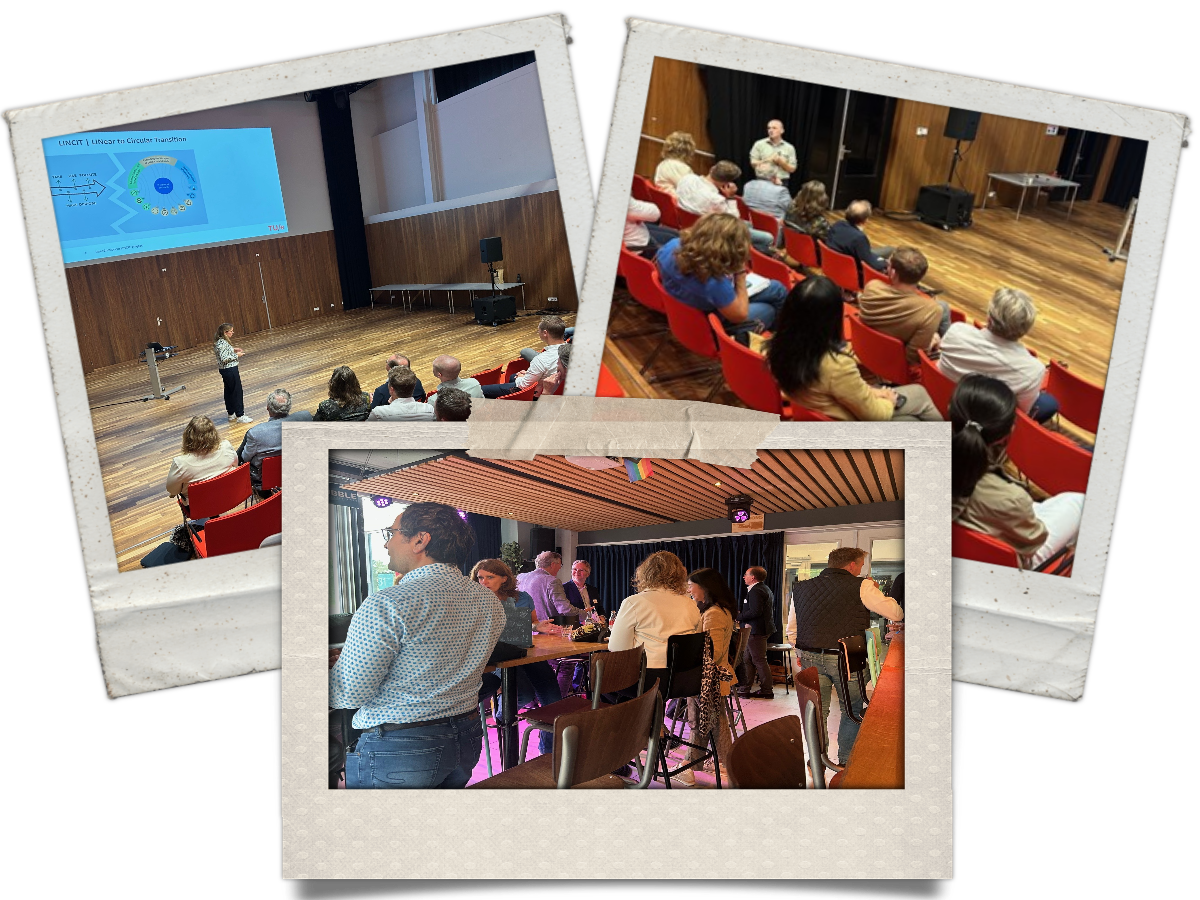On 18 September, we organized SLF’s annual back to college event on TU/e’s campus in Eindhoven, in collaboration with the LINCIT project. This edition was all about bringing science and practice together: researchers and practitioners exchanged insights, challenges, and concrete experiences. Participants highlighted that this interaction was especially valuable, as it provided both theoretical depth and practical applicability.
The topic of the afternoon was sustainable servitization. Néomie Raassens of TU/e kicked off with an introduction into the LINCIT project that she leads, followed by a broad discussion on sustainable servitization. Néomie explicitly didn’t want to give a list of factors that hinder servitization, but we did learn that there are tensions on individual, organizational and network level that have to be taken into account. That’s one reason to start small, with the so-called smoothing services such as delivering (predictive) maintenance or training, before moving towards so-called substituting services, such as fully managed product-related operations. Néomie then discussed three topics in more detail.
The second presentation was given by Pieter Coolen of Atlas Copco. Atlas Copco already started the servitization journey in 2009 with a dedicated organization, which Pieter believes to be one of the key enablers. He showed how the theory of Néomie can be implemented in practice. Given Pieter’s own background and interest, he discussed predictive maintenance extensively. However, Atlas Copco is climbing the service ladder and next to this smoothing service, it is already also delivering substituting services, such as its AIRCube concept, which implies that a customer pays per cubic meter of air consumed, while Atlas Copco manages the full compressor room.
During the discussions, also later at the drinks in the student bar, it became clear that it may not be always easy to quantify the impact on sustainability in practice, but there was broad consensus that implementing smarter (predictive) maintenance or improving the reliability and availability of systems is only really worthwhile when the risks are shared with or completely at the product supplier. At this event, we have learned a lot on why and how to go for servitization.



















